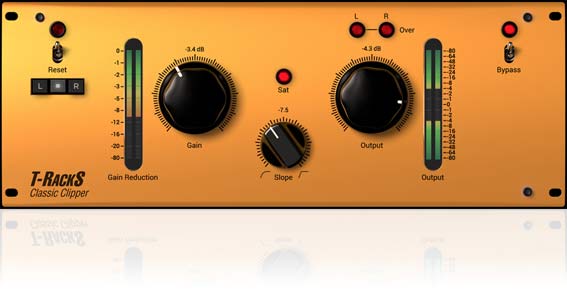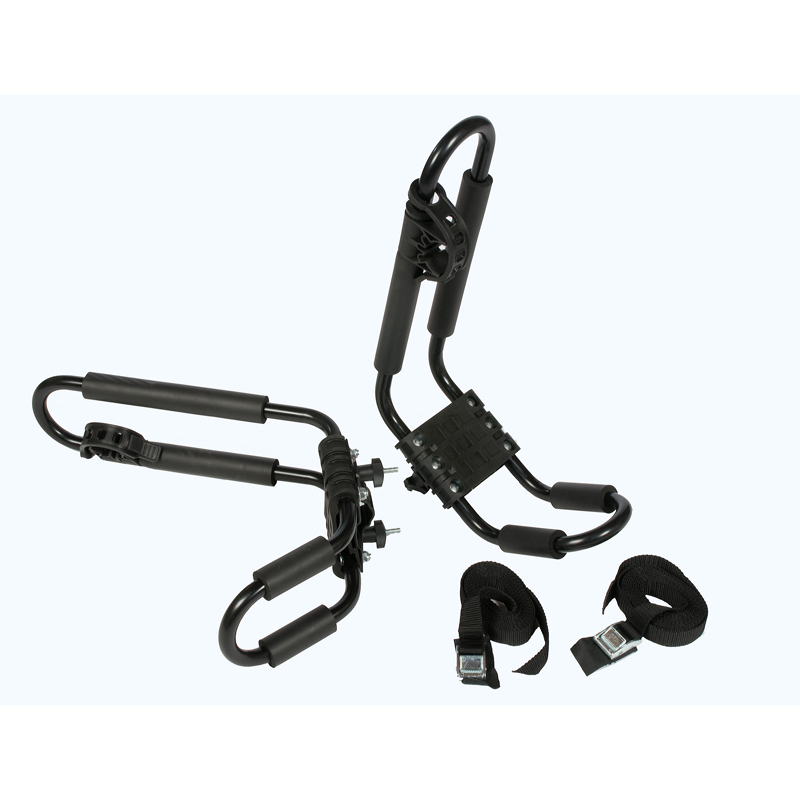

I liked how this makes the kick stand out a little more. I separated the signal into mid and side to affect the relevant instrumentation separately. With this EQ, I listened intently and decided on some very small amplifications I wanted to make.
#T racks series#
Prior to this insert the series signal and parallel compressed and saturated signal recombined. Master EQ-432 With this eq make small bumps to the response, as well as widen the image slightly. I used a tape 2 setting which will provide some even and odd harmonics, and enabled oversampling, which is important when introducing distortion.Īdditionally, I used mid-side processing to cause differing amounts of distortion to the mid and stereo signals. Then I used some saturation to make the effect more pronounced and get a bit more power from the compressed signal.

After the compression, I use a small amount of saturation This way I could get a lot of coloration from the compressor and make the signal a uniform level in which the quieter aspects and lower aspects of the signal were at an equal level. With the compressor, I heavily compressed the signal. With that in mind, I reduced the output of both processors since I wanted this parallel channel to be introduced subtly. This routing will double the amplitude if you don’t attenuate the signal. I think since I didn’t have a visual for the additional signal this was confusing at first, but makes sense when you think about running a signal in parallel. One thing that I didn’t expect for some reason was for the send to be set to unity, in turn doubling the amplitude of the signal. (Parallel) Saturator X I use this compressor to heavily compress the parallel signal.Īt the same time of processing the signal with the One Mastering Processor, I sent a parallel signal to a bus compressor and subsequent saturator.
#T racks full#
This will help the master translate better over smaller speakers that can’t support the full frequencies spectrum. Lastly, bass punch augmented the kick and the thump of the bass guitar. I increased the gain without triggering the limiter, as well as introduced some moderate transient expansion, and analog emulated harmonic distortion. I added some air for the high end, some focus which clarifies the mids, a small amount of body for the low-mids, a little push to bring quieter aspects of the signal forward, and a tiny amount of stereo expansion. It was designed to include everything you’d need for a quick master, but it can be used subtly in a chain to really augment a master.

It’s an EQ, an exciter, an expander, and more. One – Mastering Processor One handles a lot of processing. This averaged about 0.3dB to 0.7dB of attenuation. I used a moderate release speed, 3 bands to isolate the frequencies, and a soft de-essing type to keep the effect subtle. With some very subtle settings, I used this de-esser to control the high frequencies – mainly sibilance. De-Esser A de-esser will calm down sibilance before amplifying the signal and potentially making sibilance worse.


 0 kommentar(er)
0 kommentar(er)
